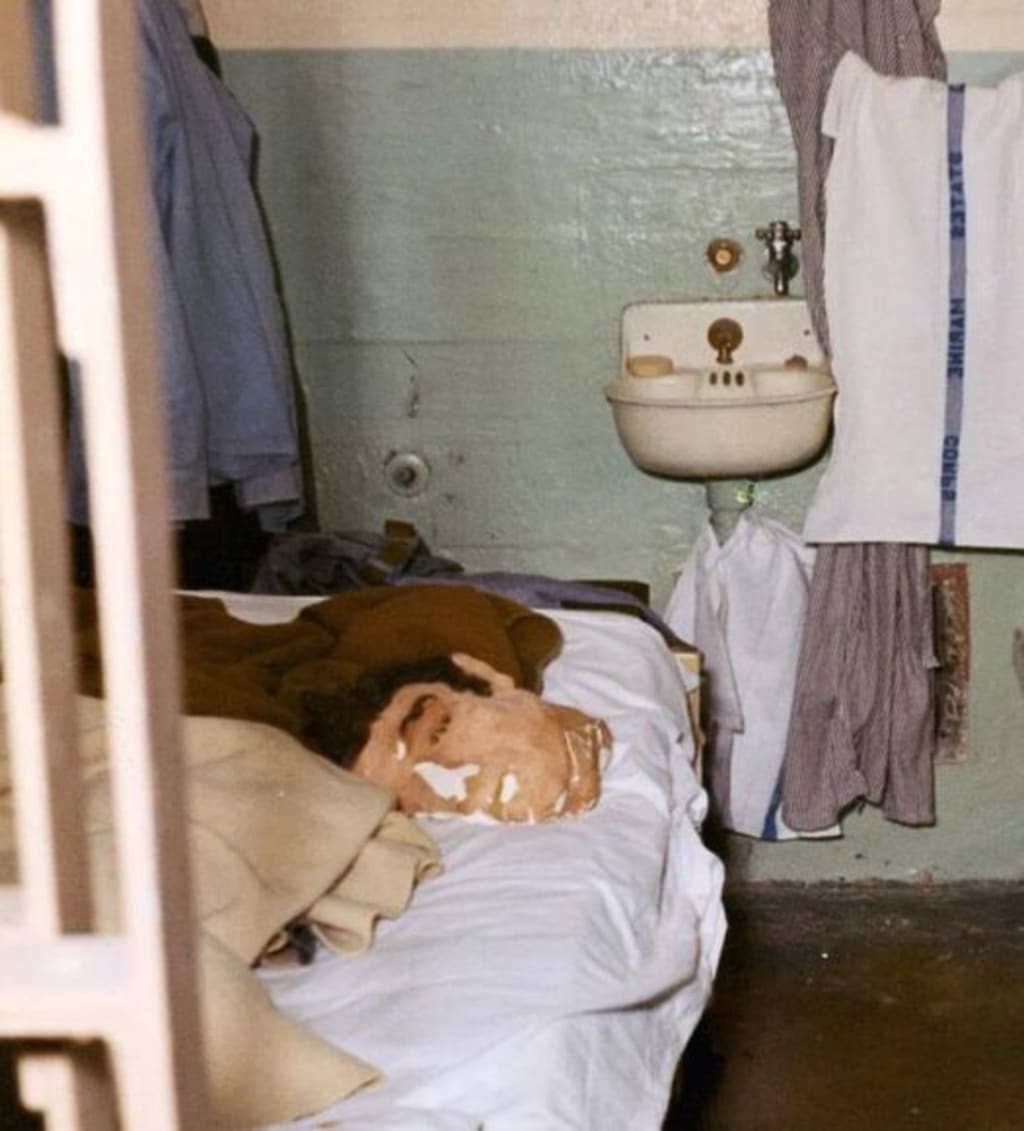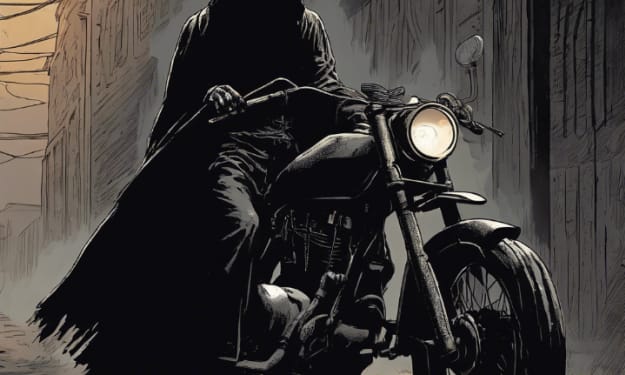The Great Alcatraz Escape: A Tale of Daring and Mystery
Prison break with dummy

On June 11, 1962, three inmates at Alcatraz Federal Penitentiary executed one of the most daring prison escapes in history. Frank Morris and brothers John and Clarence Anglin left homemade dummy heads in their beds to fool the guards before vanishing from the infamous island prison. This escape has since captivated the public's imagination, sparking debates about the fate of the escapees and the possibility that they lived free for decades. This blog post delves into the details of the escape, the subsequent investigation, and the enduring mystery surrounding the fate of the three men.
The Inmates
Frank Morris, the mastermind behind the escape, was known for his high intelligence and previous escape attempts from other prisons. Born in 1926, Morris had a troubled upbringing and turned to a life of crime early on. His rap sheet included armed robbery and burglary, and he was considered a flight risk. After repeated escapes from less secure institutions, he was sent to Alcatraz, deemed inescapable due to its location on a rocky island surrounded by the cold, swift currents of San Francisco Bay.
The Anglin brothers, John and Clarence, shared a similar background. Born into a large family of seasonal farmworkers, they grew up in poverty and turned to crime during their teens. Known for their close bond and loyalty to each other, the brothers had also attempted several escapes from previous prisons. Their combined experience and determination made them ideal accomplices for Morris.
Planning the Escape
The escape plan was meticulously devised over many months. Morris and the Anglins, along with another inmate, Allen West, began by widening the ventilation ducts in their cells using makeshift tools such as spoons and saw blades smuggled from the prison workshop. They covered the holes with cardboard and paint to avoid detection.
The escapees created dummy heads from a mixture of soap, toothpaste, concrete dust, and toilet paper, painting them with flesh-toned paint and adding real human hair collected from the prison barber shop. These heads were crucial in deceiving the guards during nightly bed checks.
Behind their cells, the men set up a secret workshop in an unused utility corridor. They constructed life vests and a makeshift raft from over 50 raincoats, stitched together and sealed with heat from the steam pipes. The escapees also prepared wooden paddles to navigate the treacherous waters of San Francisco Bay.
The Escape
On the night of June 11, 1962, the escape plan was put into action. Morris and the Anglins crawled through the holes they had carved in their cells and made their way to the utility corridor. From there, they climbed up a ventilation shaft to the roof. Allen West, however, encountered difficulties with his ventilation duct and was unable to join them in time.
Once on the roof, the trio moved to the northern edge of the cellhouse and descended 50 feet to the ground using a makeshift rope made from sheets. They then climbed over the perimeter fence and made their way to the shore. There, they inflated their raft using a concertina, an accordion-like musical instrument, and set off into the bay, disappearing into the night.
The Aftermath
The following morning, guards discovered the dummies in the beds and sounded the alarm. A massive manhunt ensued, involving multiple agencies, including the FBI, Coast Guard, and local police. Despite extensive searches, no trace of the escapees was found. The official investigation concluded that the men likely drowned in the frigid waters of the bay.
However, the case remained open, and over the years, tantalizing clues emerged suggesting that the men might have survived. Family members of the Anglins reported receiving unsigned postcards and messages, and there were alleged sightings of the men in various locations, including Brazil.
The 2013 Letter
In 2013, the San Francisco Police Department received a letter purportedly from John Anglin. The writer claimed that he had lived under an assumed name for decades and was now suffering from cancer. The letter offered a deal: in exchange for medical treatment, the writer promised to reveal more details about the escape. The FBI analyzed the letter for fingerprints and DNA but could not conclusively determine its authenticity.
This letter reignited public interest in the case, leading to renewed speculation and investigation. While some experts remain skeptical, arguing that the letter is likely a hoax, others believe it could be genuine, given the detail and plausibility of the account.
The Enduring Mystery
The Alcatraz escape has become a part of American folklore, inspiring books, documentaries, and movies, including the 1979 film "Escape from Alcatraz," starring Clint Eastwood as Frank Morris. The escape is a testament to human ingenuity and determination, illustrating how even the most secure institutions can be outwitted.
The fate of Morris and the Anglins remains one of the greatest mysteries in criminal history. Did they perish in the icy waters of San Francisco Bay, or did they manage to reach the mainland and start new lives? Despite the passage of time and extensive investigation, definitive answers elude us.
Advances in technology, including DNA analysis and modern forensics, continue to offer hope that new evidence might one day emerge to solve this mystery. Until then, the story of the Alcatraz escapees endures as a captivating tale of daring and the enduring human spirit.
Conclusion
The 1962 Alcatraz escape is a story of meticulous planning, incredible daring, and an enduring mystery. Frank Morris and the Anglin brothers' bold bid for freedom has captured the public's imagination for decades, symbolizing the lengths to which individuals will go to attain liberty. While the official narrative suggests they drowned, the possibility that they survived and lived out their lives in secret continues to intrigue and inspire. The tale of the Alcatraz escape is a fascinating chapter in the annals of American criminal history, a reminder of the complex interplay between human ingenuity and the quest for freedom.Start writing...
About the Creator
Enjoyed the story? Support the Creator.
Subscribe for free to receive all their stories in your feed. You could also pledge your support or give them a one-off tip, letting them know you appreciate their work.






Comments
There are no comments for this story
Be the first to respond and start the conversation.